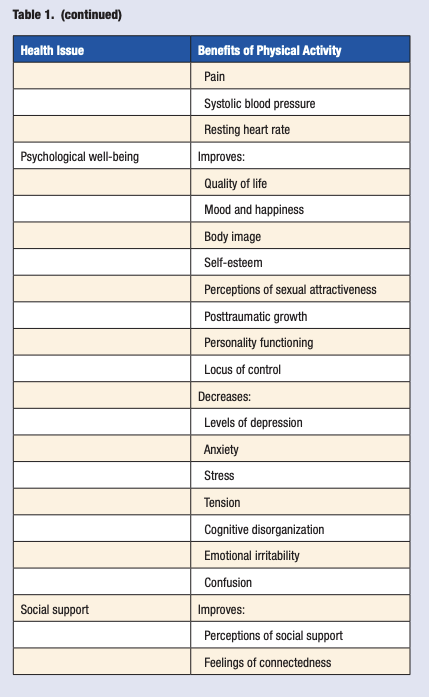Post-Cancer Exercise Has Big Benefits!
The Theme for this Week …
A bevy of research has been published in recent years on the topic of exercise and cancer including prevention, treatment impacts, and survivorship.
The topic is personal for me as my son (pictured) recently celebrated his birthday, 22 years after being diagnosed with leukemia.
Beginning with survivorship, let’s dig into how exercise can be so important to staying healthy after cancer treatment. Read on …
Exercise after cancer treatment
The benefits of exercise are real!
Because of my family’s experiences I pay close attention to research in the exercise field related to cancer survivorship. The good news — the studies are all positive, and the focus has shifted from if exercise helps, to which type and how often.
The majority of current studies look at the effect of exercise related to specific types of cancer because they are often funded by a specific cancer foundation. Exercise related to breast, colon and prostate cancers are most studied since they are the most common.
What are the benefits of exercise?
This 2010 Canadian study has an easy to understand discussion of exercise effects post-treatment and is pretty comprehensive. “Reviewing the Benefits of Physical Activity during Cancer Survivorship”
The table below is an excerpt from the study and it notes the benefits related to breast cancer survivors. These end up being typical to most cancers.
Bottomline is the studies show exercise benefits range from boosting your immune system and decreasing fatigue, to reducing bone loss and improving mental health.
How much and what types of exercise?
In general, the physical and mental health benefits came from exercise 3-5 times per week at low to moderate intensity in programs including both cardio and strength training.


Insight of the Week from Cara
In April of 2002, my 6 year old son was diagnosed with Leukemia (ALL), and we were immediately thrown into the deep end with treatment protocols.
During his three years of treatment, I felt part of my parenting/caregiver role was to counter-balance the negative effects of the treatments. I insisted he get outdoors and be active. Some days this was more possible than others. Biking and swimming were popular choices.
With more recent research, I feel particularly validated for keeping him active. To this day he stays moderately active with an outdoor career where he can move about, instead of sitting at a desk online.
And, yes, I’ve used Bridging® to counteract many of the physical effects of 38 lumbar punctures, 3 surgeries, a post-a cath, and countless IV’s.
Because of these experiences, it’s an honor for me to support those of our clients who happen to have been through cancer treatment. Breast cancer has been the most common type.
Specific ways Bridging® helps support post-cancer exercise?
Many cancer survivors have issues following treatment such as pain, neuropathy, or fatigue which impacts their ability to exercise. They understand how important being active is to their overall well-being and are frustrated that trying to be active is such a challenge.
These are the common areas we support and reset micromovements when impacted by cancer treatments:
- Biopsy or surgical scar tightness
- Lymph node removal pain
- Chemo port-a-cath restrictions to shoulder movement
- IV and imaging contrast agent related pain and tightness at the elbow
- Radiation tightness and burning
The aspects of cancer treatments impact the body in very specific ways, so the Bridging® support is very specific too. Once the muscle memory is reset, you can move easily and confidently again.
Our many clients are so happy to be able to exercise and be active again!
Can Bridging® help you post-treatment?
Has cancer treatment impacted you or a family member? If you have difficulty with movement or pain following cancer treatments which keeps you from being active I’d love to hear more about your journey and struggles.

